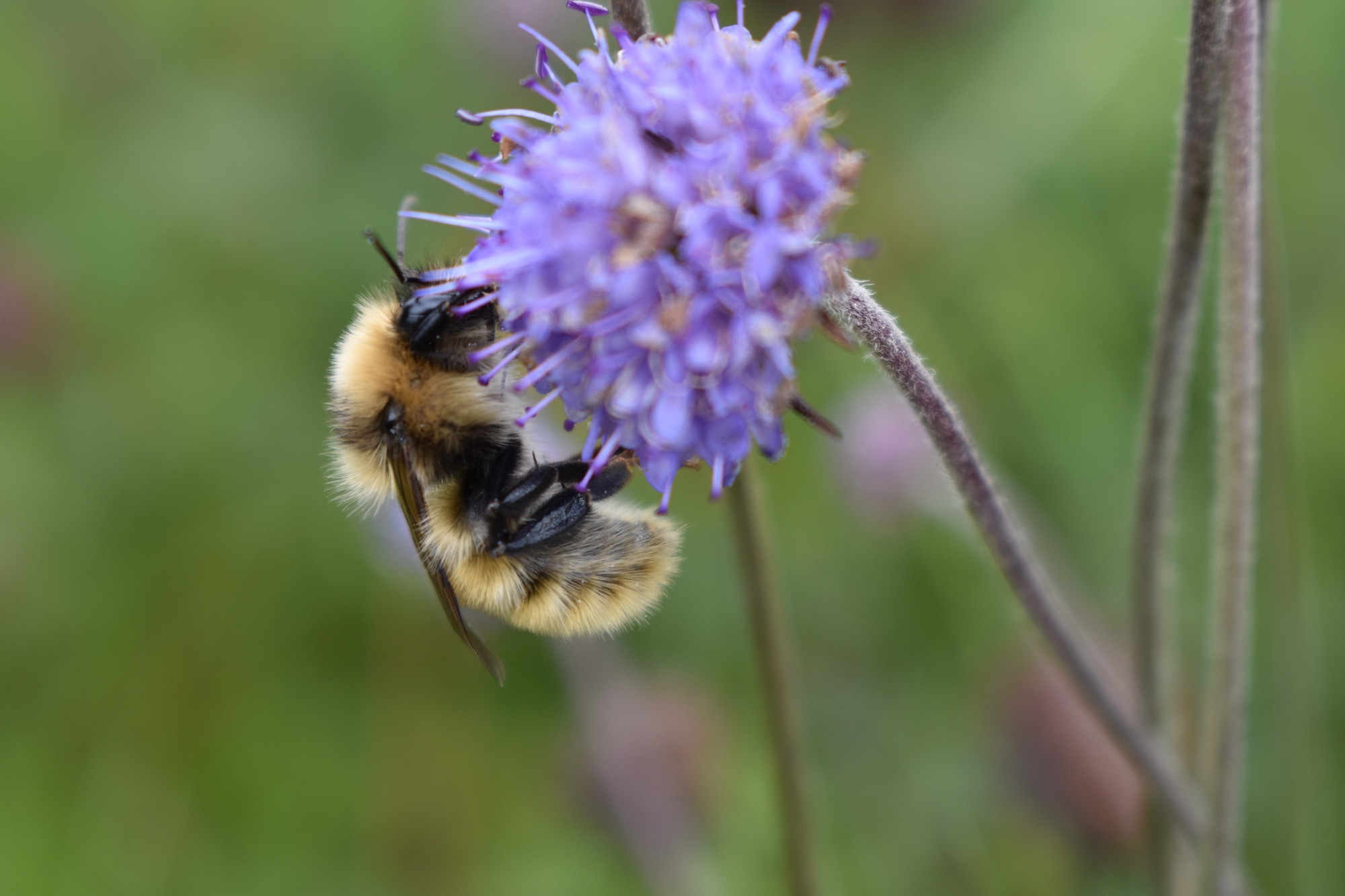Search begins for ultra-rare bumblebee
The Bumblebee Conservation Trust (BCT) has called on the public to help identify some of the last remaining locations of Great Yellow Bumblebee. The bumblebee is one of the UK's rarest, found only in parts of north-west Scotland, and BCT has asked for help finding the species in an attempt to prevent them becoming extinct.
BCT wants people to search for the bumblebee in 28 specific grid references that have not been checked in recent years – each measuring 10x10 km – between June and September, at sites ranging from Tiree, the Uists, Harris and Lewis, across Sutherland and Caithness on the mainland, to Orkney and Shetland.

Great Yellow Bumblebee is these days retricted to only a few parts of north-west Scotland (Bumblebee Conservation Trust).
Great Yellow Bumblebee was found across the UK until the 1960s, but after suffering a massive decline is now only found in a few places in Scotland's remote northwest, in machair grasslands and other suitable areas on the north coast and some of the islands. The species favours flower-rich grasslands, particularly those with clover, thistles, vetches and knapweed.
However, because these areas are so remote and relatively uninhabited, the species is difficult to monitor – leaving experts uncertain about exactly where it still survives. Katy Malone, BTC's Scotland Conservation Officer, said: "We need to know more about where Great Yellow Bumblebee is holding on, so we can take action to protect it before it's too late.
"Anyone can get involved with this citizen science initiative to save a species. Because this iconic insect's last havens are in some of the country's most far-flung corners, we don't have enough volunteers to find and record its whereabouts. So, we're asking people holidaying in the northwest Highlands and Islands this year – as well as those living in these beautiful places – to help."
Those able to visit such sites can help discover if it has now vanished or is still hanging on by recording all the bumblebees they find – ideally by photograph – whether Great Yellows or not. A map with a full list of the grid squares is available on the Trust's website, with details of how to record sightings and tips to identify Great Yellows and other bumblebee species.

